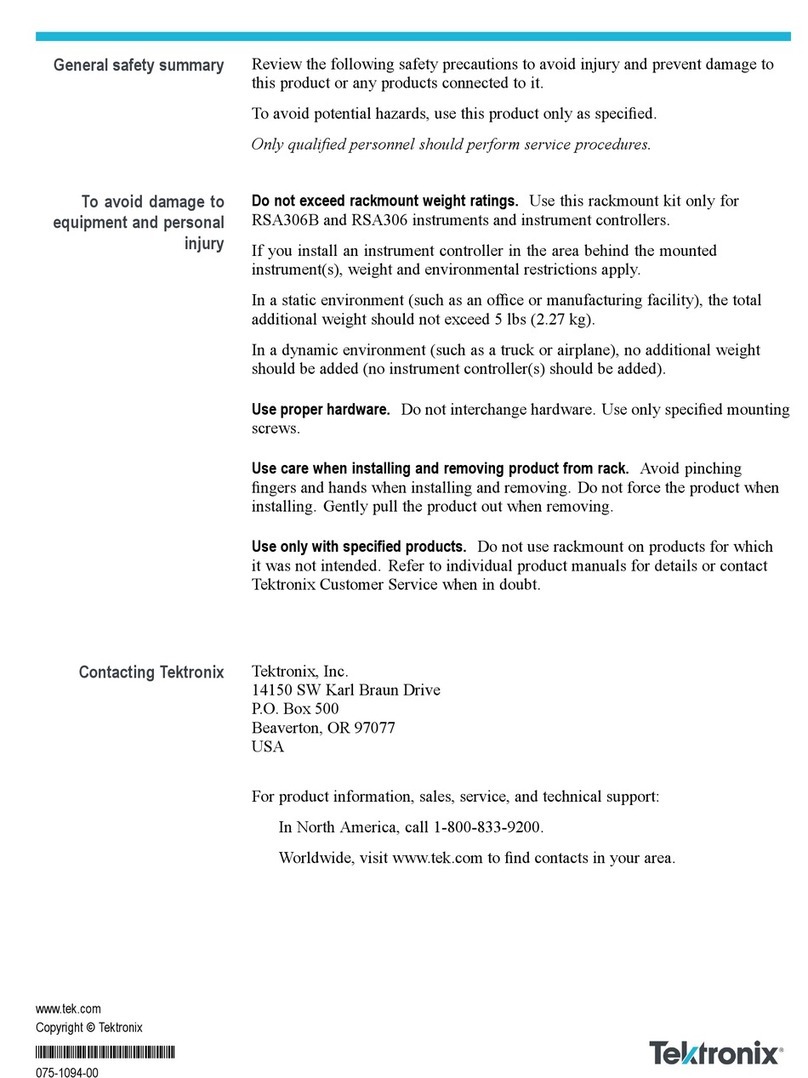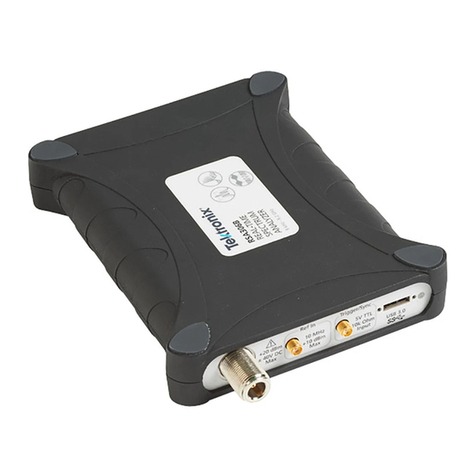Tektronix 475 User manual
Other Tektronix Measuring Instrument manuals
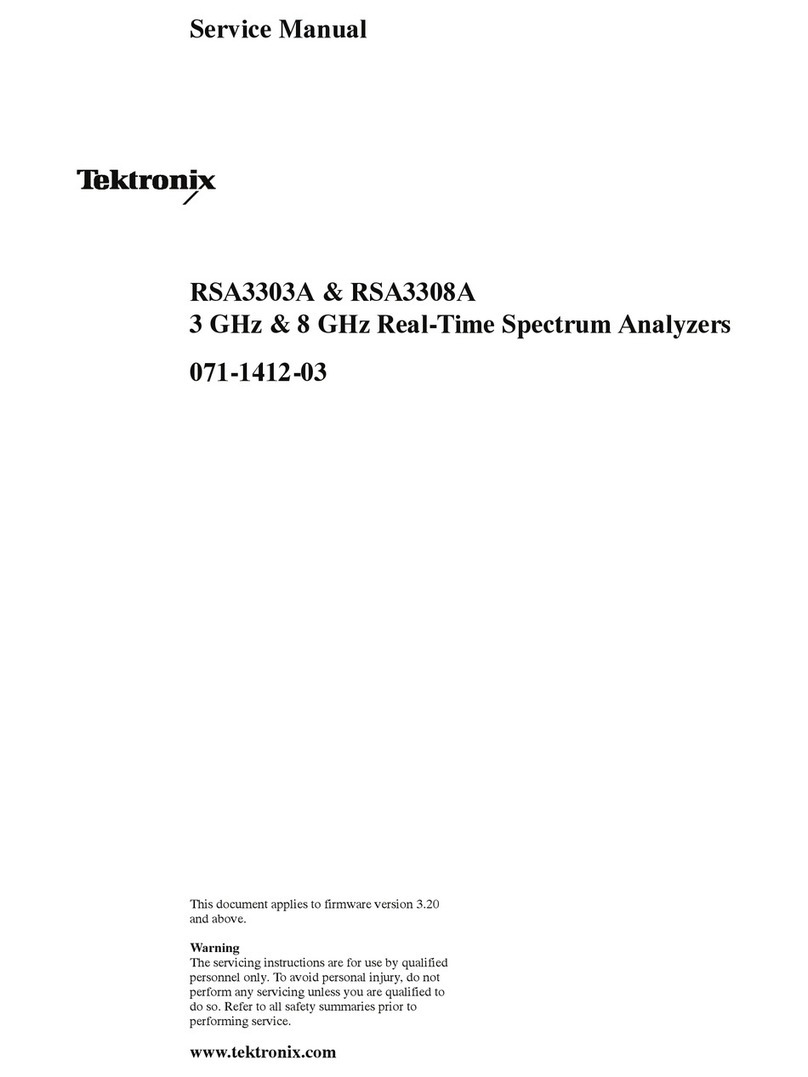
Tektronix
Tektronix RSA3303A User manual

Tektronix
Tektronix P6248 User manual

Tektronix
Tektronix DSA8300 Manual
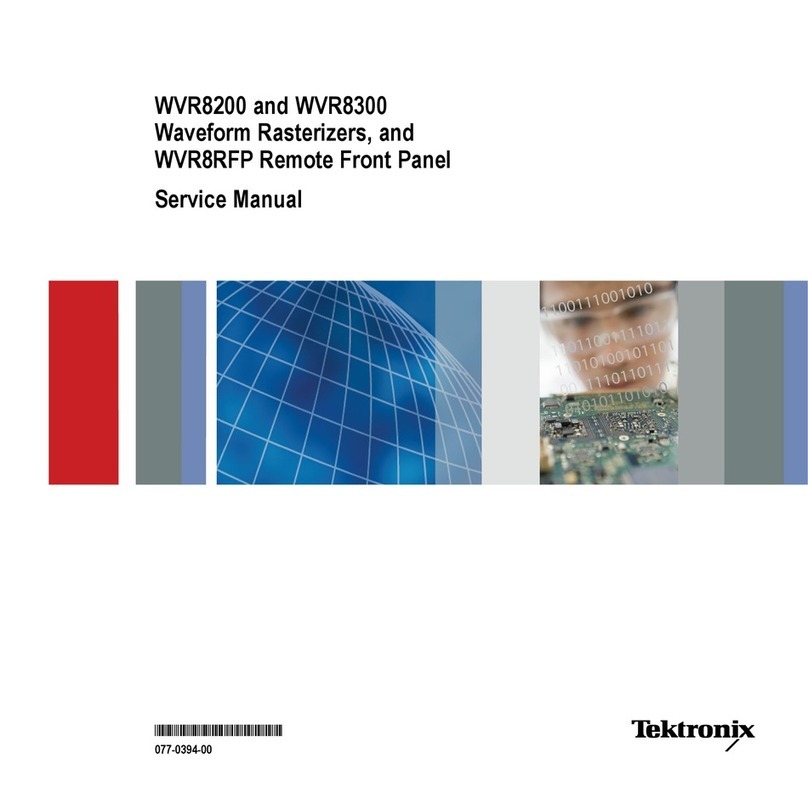
Tektronix
Tektronix WVR8300 User manual
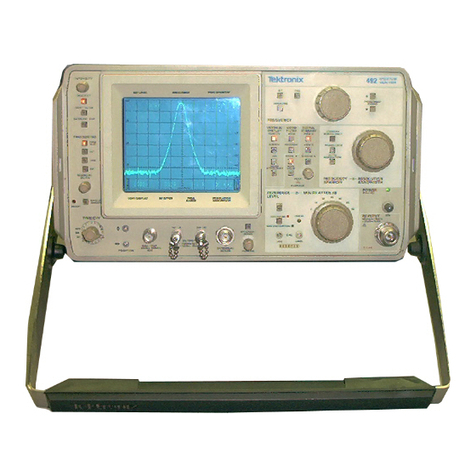
Tektronix
Tektronix 492, 492P User manual
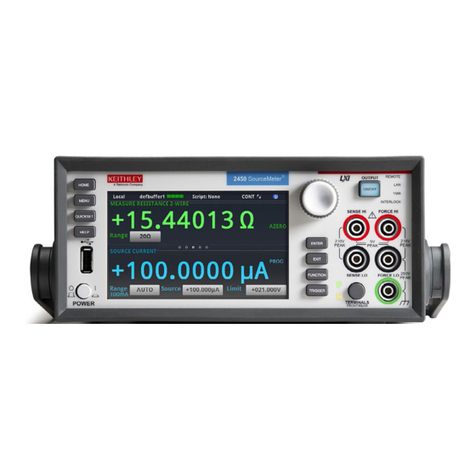
Tektronix
Tektronix Keithley SourceMeter 2450 User manual

Tektronix
Tektronix TLA7AA Series User manual
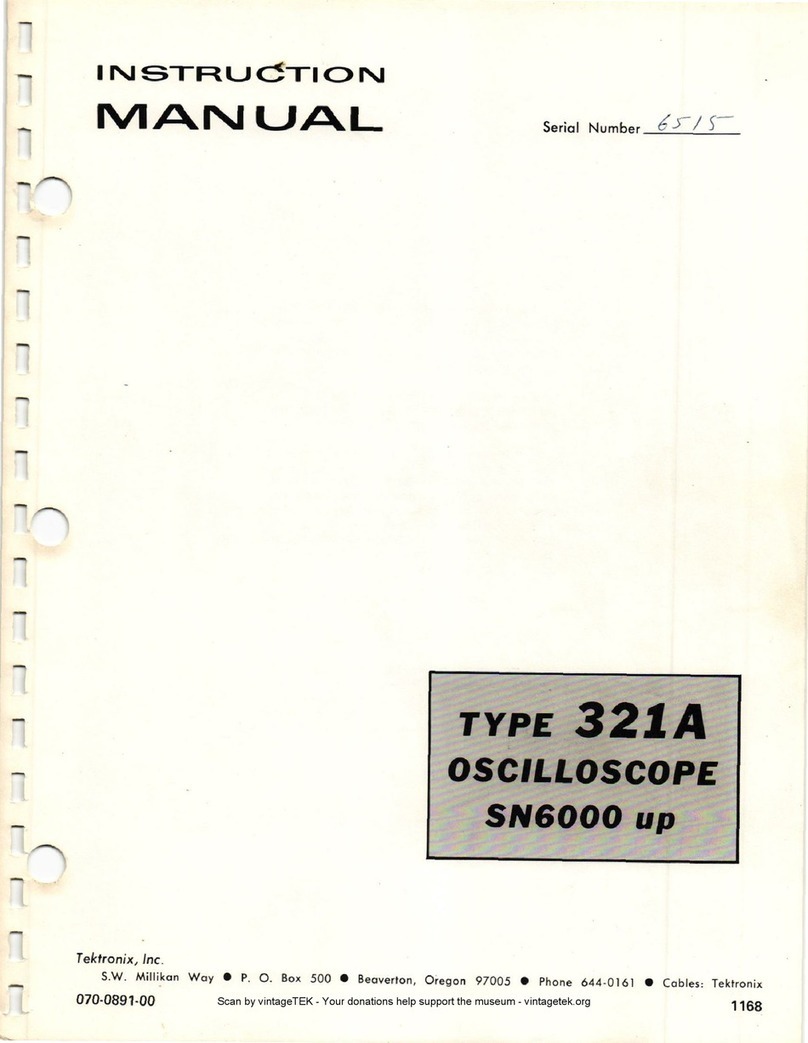
Tektronix
Tektronix 321 A User manual

Tektronix
Tektronix TLA 700 Series User manual
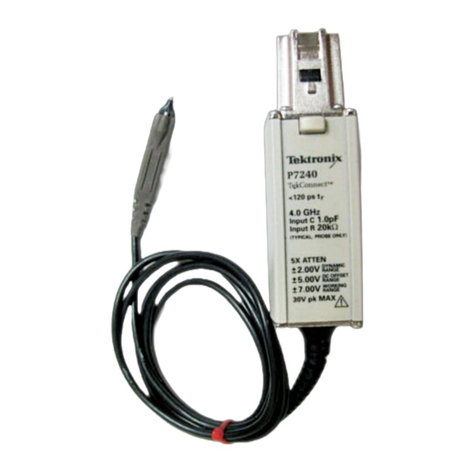
Tektronix
Tektronix P7240 User manual
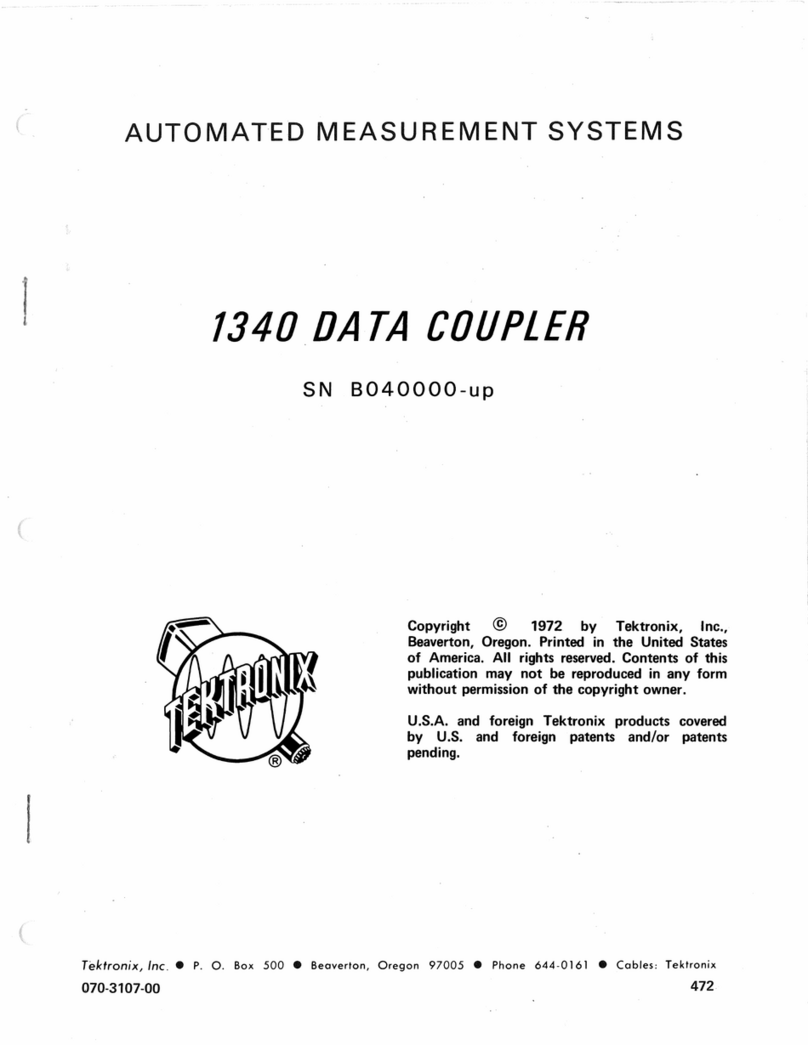
Tektronix
Tektronix 1340 User manual
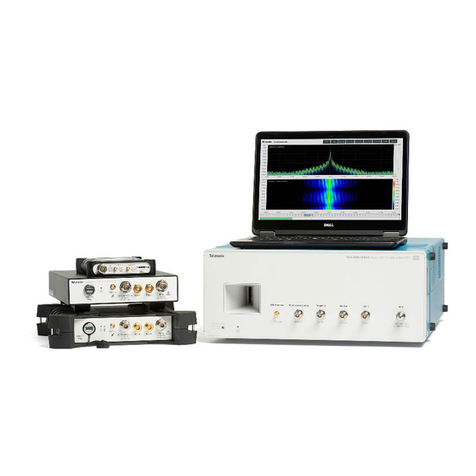
Tektronix
Tektronix RSA7100 Series Manual
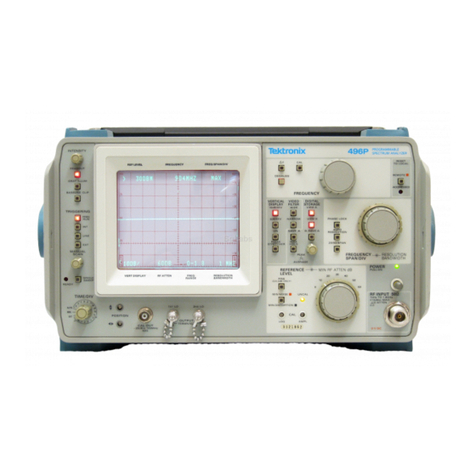
Tektronix
Tektronix 496 User manual
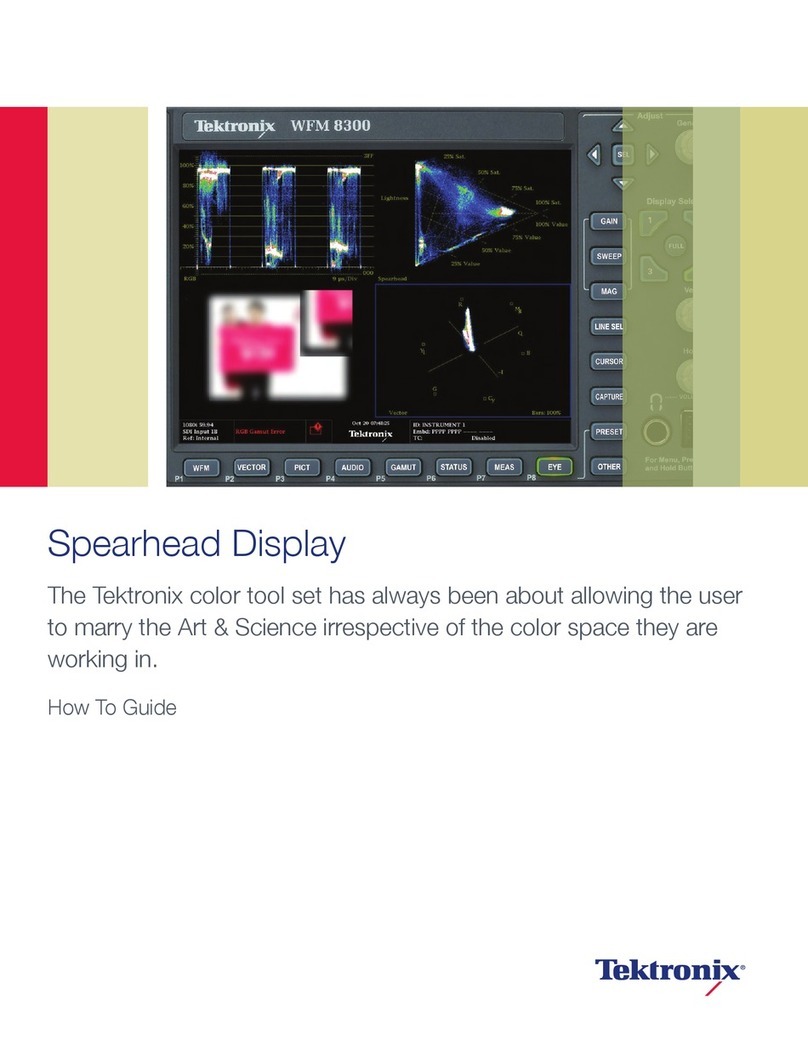
Tektronix
Tektronix WFM8300 Administrator Guide
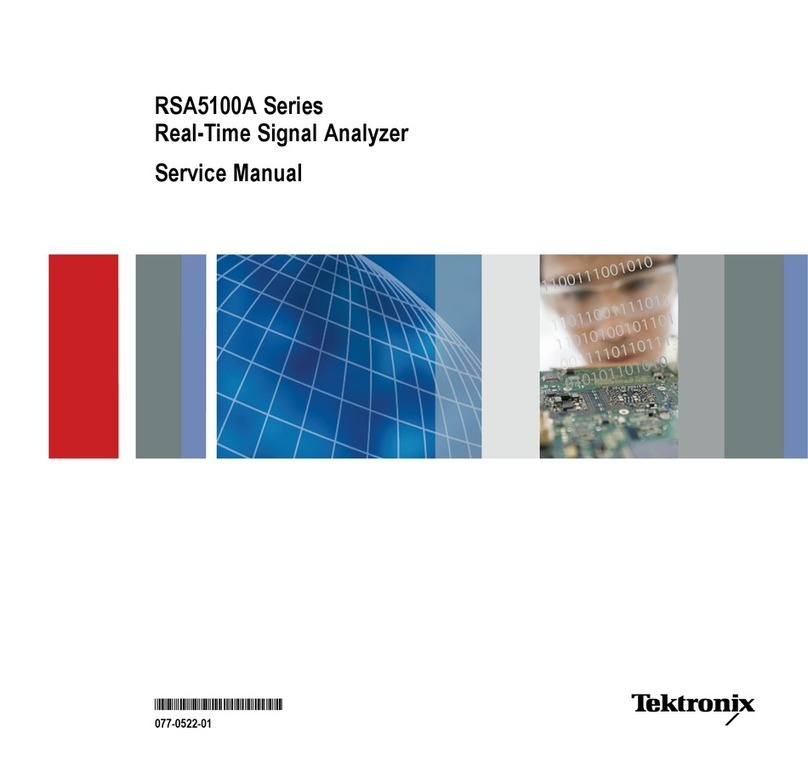
Tektronix
Tektronix RSA5100A Series User manual
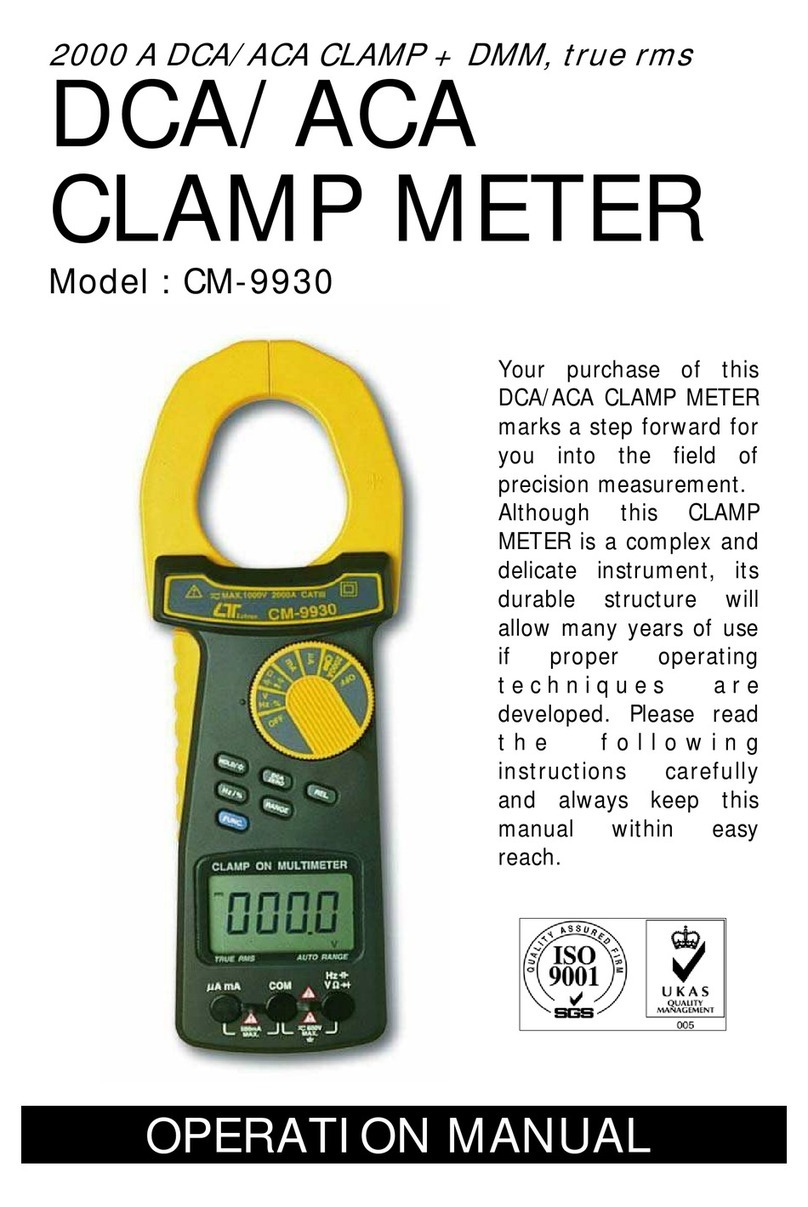
Tektronix
Tektronix CM-9930 User manual
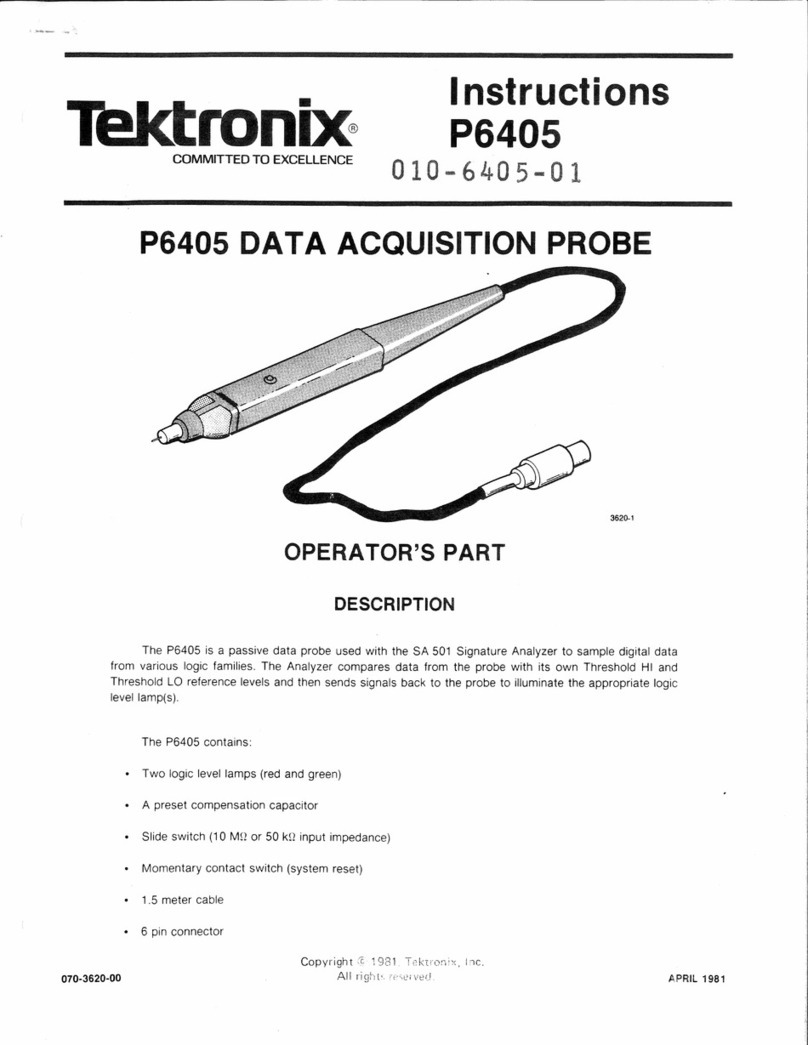
Tektronix
Tektronix P6405 User manual
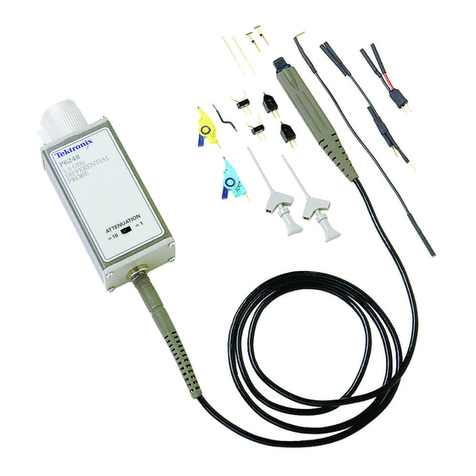
Tektronix
Tektronix P6248 User manual
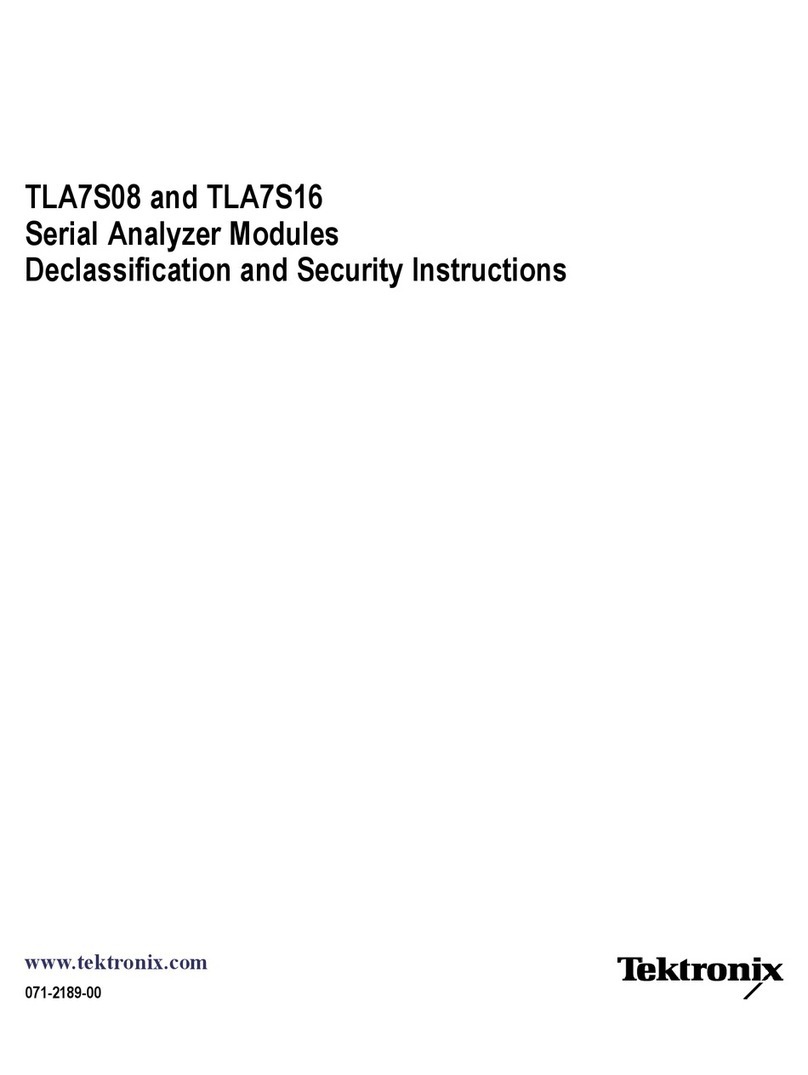
Tektronix
Tektronix TLA7S08 Installation and maintenance instructions
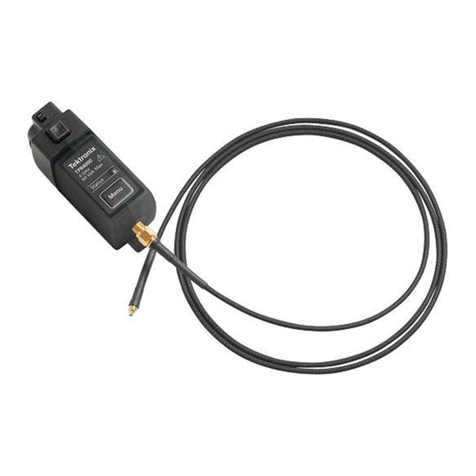
Tektronix
Tektronix TPR1000 Installation instructions
Popular Measuring Instrument manuals by other brands

Powerfix Profi
Powerfix Profi 278296 Operation and safety notes

Test Equipment Depot
Test Equipment Depot GVT-427B user manual

Fieldpiece
Fieldpiece ACH Operator's manual

FLYSURFER
FLYSURFER VIRON3 user manual

GMW
GMW TG uni 1 operating manual

Downeaster
Downeaster Wind & Weather Medallion Series instruction manual

Hanna Instruments
Hanna Instruments HI96725C instruction manual

Nokeval
Nokeval KMR260 quick guide

HOKUYO AUTOMATIC
HOKUYO AUTOMATIC UBG-05LN instruction manual

Fluke
Fluke 96000 Series Operator's manual

Test Products International
Test Products International SP565 user manual

General Sleep
General Sleep Zmachine Insight+ DT-200 Service manual

